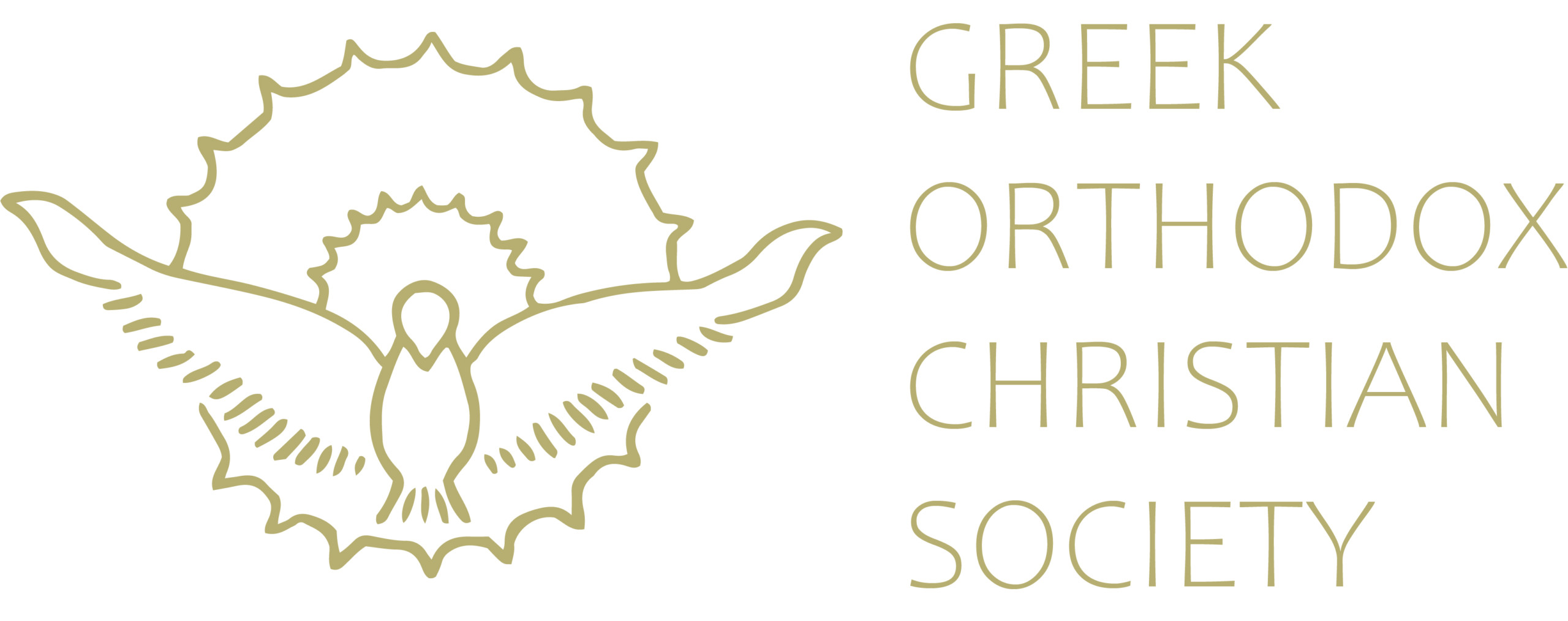From the Service of Matins for the Annunciation of the Lady Theotokos
Ο Ευαγγελισμός της Υπεραγίας Θεοτόκου Ὀρθρος «Χαῖρε κατάρας λύτρωσις, τοῦ Ἀδὰμ Θεοτόκε, χαῖρε σεμνὴ Μητρόθεε, χαῖρε ἔμψυχε βάτε, χαῖρε λαμπάς, χαῖρε θρόνε, χαῖρε κλῖμαξ καὶ πύλη, χαῖρε τὸ θεῖον ὄχημα, χαῖρε κούφη νεφέλη, χαῖρε ναέ, χαῖρε στάμνε πάγχρυσε, χαῖρε ὄρος, χαῖρε σκηνὴ καὶ τράπεζα, χαῖρε Εὔας ἡ λύσις.» (25 Μαρτίου, Β’ Εξαποστειλάριον, Ήχος β’)
“Rejoice, Theotokos redemption of Adam’s curse, rejoice noble Mother of God, rejoice, living bush, Rejoice, O lampstand; rejoice, Ο throne. Rejoice, O ladder and gate. Rejoice, divine chariot. Rejoice, O swift cloud, rejoice O temple; Rejoice, O golden jar, rejoice, O mountain. Rejoice, the tent and the table. Rejoice, Eve’s deliverance ” (25th March 2nd Exapostilarion, Mode 2)
The Orthodox tradition interprets many of the events and objects of the Old Testament as types, or symbols, prophesying events and people to be revealed later in the New Testament. A classic example is Jonah’s expulsion from the whale after three days which prefigures the death and resurrection of Christ.
Accordingly, it is most appropriate that during the celebration of the major feast of the Annunciation of Our Lady the Theotokos on 25 March, some of these Old Testament pre-figurations are brought to the fore. They remind us of the major part the Theotokos played in bringing God’s pre-eternal plan for the salvation of the human race to fruition. We do not have the space to cover all the symbols touched on in this hymn, but we can touch on the more pre-eminent ones.
The Theotokos is called the living bush, in reference to the burning bush which Moses encountered on the slopes of Mount Horeb recounted in the Book of Exodus; the bush which appeared to be burning but was not consumed by the fire. This refers to the reality that the Mother of God held the second person of the Holy Trinity inside her womb but was not consumed by Him.
The ladder is a reference to the means by which God chose to physically enter into the world and which connects God to the physical world. It also touches on Jacob’s vision of the ladder recorded in the Book of Genesis: “He saw in his sleep a ladder standing upon the earth, and the top thereof touching heaven, the angels also of God ascending and descending by it” (Genesis 28:12).
Finally, the gate is an Old Testament reference to the perpetual virginity of the Theotokos: “And the Lord said unto me: This gate shall be shut, it shall not be opened, and no man shall pass through it; because the Lord God of Israel hath entered in by it, and it shall be shut” (Ezekiel 44:2).
Source: Lychnos February – March 2021
